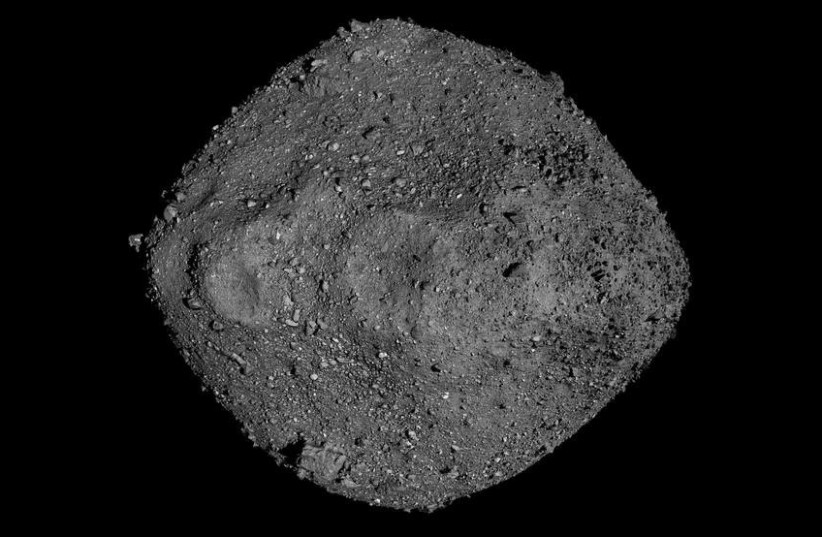Three asteroids passed by the Earth on Monday, September 25, the day of Yom Kippur, and one of them was flying unusually close to the planet's surface.
These asteroids have been designated 2023 SP3, 2023 ST2, and 2023 SZ, according to the Center for Near-Earth Object Studies (CNEOS) at NASA's Jet Propulsion Laboratory (JPL).
Fast day, fast asteroids: How big is the asteroid coming towards Earth?
The three asteroids were all relatively close in size, based on NASA's estimations.
The first asteroid, 2023 SP3, has a size ranging from as little as 14 meters in diameter to as much as 32 meters.

To put that in perspective, consider the goat: An animal ritualistically sacrificed on Yom Kippur by tossing one, known as the scapegoat, off a cliff and the other being brought to the Temple.
According to the Smithsonian's National Zoo and Conservation Biology Institute, goat sizes range heavily, but the largest ones are around 106.7 centimeters in height.
In other words, asteroid 2023 SP3 is around the size of almost 30 goats.
The second asteroid is 2023 ST2, which is a bit larger with a maximum estimated diameter of 36 meters. The last one, asteroid 2023 SZ, is even larger, being as much as 40 meters in diameter.
Who by fire, who by asteroid? Will an asteroid hit the Earth?
Yom Kippur is traditionally when, according to Jewish belief, God signs our fates in the Book of Life, judging our actions and deciding who lives and who dies in a process that began on Rosh Hashanah. Due to this, the tone of the holiday focused on repentance, atonement, and judgment, may lead one to fear some apocalyptic scenarios.
Well, God's intervention would certainly be needed for these asteroids to actually cause such divine apocalyptic catastrophes because as it stands now, based on NASA's calculations, these asteroids are nothing to worry about.
The first thing to note is the size. While these asteroids are theoretically large enough to hit the Earth and survive a trip through the upper atmosphere, they aren't large enough to cause any serious damage.
At best, they would cause a loud explosion upon entry but any actual damage would be minimal or nonexistent.
This has been the case thus far with recent asteroid impacts, such as 2023 CX1, which impacted near Normandy, France, in February 2023 and didn't cause any damage.
But all of this only matters if these asteroids hit the Earth in the first place - which they won't.
Asteroid 2023 SP3 is coming the closest out of all of them, flying in at just over 328,000 kilometers away from the Earth.
To put that in perspective, the Moon orbits the Earth at a distance of around 384,000 kilometers. So this will be closer than the Moon, but still far.
It is still theoretically possible for something to change, but even if it did, it wouldn't cause serious damage.
However, parts of an asteroid are actually guaranteed to arrive on Earth on Yom Kippur, but under very different circumstances.
NASA's Osiris-REx mission is now bringing back its first-ever preserved asteroid sample from the 500-meter-wide asteroid Bennu. These samples have massive potential for future scientific research and rather than being a harbinger of our doom - Bennu is believed to be one of the most likely candidates of asteroids that could actually pose danger to Earth in the far future - it will instead be a path toward better understandings of the universe around us.

Repent and atone: Can we stop an asteroid from hitting the Earth?
The answer to this question is yes, thanks to the efforts of scientists in the field of planetary defense.
The most notable method for this thus far is NASA's landmark Double Asteroid Redirection Test (DART) Mission, which managed to change the path of an asteroid by crashing into it.
This has made scientists confident that, with enough warning time, they can protect the Earth from an asteroid disaster.
Whether they can protect against anything sent by God as divine punishment this Yom Kippur, however, is another story.
